Senanque Abbey
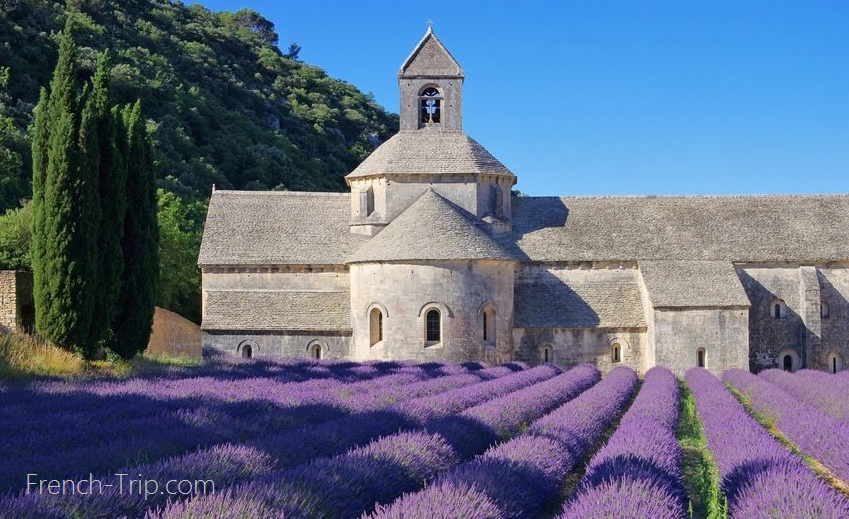
Senanque Abbey, also known as Abbaye Notre-Dame de Sénanque, is a picturesque Cistercian abbey located in the heart of Provence, nestled in the picturesque valley near Gordes, in the heart of Provence. Founded in 1148, this architectural gem is renowned for its stunning Romanesque design and breathtaking lavender fields that bloom vibrantly during the summer months.
As one of the three “Sister Abbeys” of Provence, alongside Le Thoronet and Silvacane, Sénanque Abbey embodies the tranquil spirit of monastic life, where a small community of monks continues to uphold centuries-old traditions of prayer and agriculture.Visitors to Sénanque Abbey can explore its rich history, from its founding by Cistercian monks to its revival in the 19th century. The abbey features beautifully preserved structures, including the church, cloister, and dormitory, all reflecting the simplicity and harmony characteristic of Cistercian architecture. Whether you’re seeking spiritual retreat or simply wish to admire the stunning landscapes, Sénanque Abbey offers a unique experience that connects visitors with both nature and history. Join us in discovering this remarkable site that has stood the test of time.

Good to know
Senanque Abbey is not only a historical and architectural gem but also a place of tranquility and natural beauty. Whether you’re interested in history, photography, or seeking a peaceful escape, a visit to Senanque Abbey is a memorable experience in the heart of Provence.
1. History: Senanque Abbey was founded in 1148 by Cistercian monks who were seeking a remote and tranquil location for their monastic community. The abbey played a vital role in the development of agriculture and lavender cultivation in the region.
2. Architecture: The abbey is a masterpiece of Romanesque architecture. Its simple and austere design is characterized by its stone walls, arched cloisters, and a beautiful church with a square bell tower. The architecture reflects the Cistercian principles of simplicity and harmony with nature.
3. Lavender Fields: One of the most iconic features of Senanque Abbey is its lavender fields. The abbey is surrounded by vast expanses of lavender, which bloom from late June to early August. Visitors flock here during this time to witness the breathtaking lavender in full bloom and take photographs.
4. Guided Tours: Visitors can explore the abbey and its surroundings through guided tours. Knowledgeable guides provide insights into the history, architecture, and the daily life of Cistercian monks.
5. Spiritual Retreats: Senanque Abbey remains a functioning religious institution. It hosts spiritual retreats and offers a serene environment for reflection and meditation. Visitors looking for a peaceful escape often come here to find tranquility.
6. Accessibility: Senanque Abbey is located near the village of Gordes in the Vaucluse department of Provence. It’s easily accessible by car, and guided tours are available. Keep in mind that it’s advisable to check the opening hours and seasonal restrictions, especially during lavender blooming season.
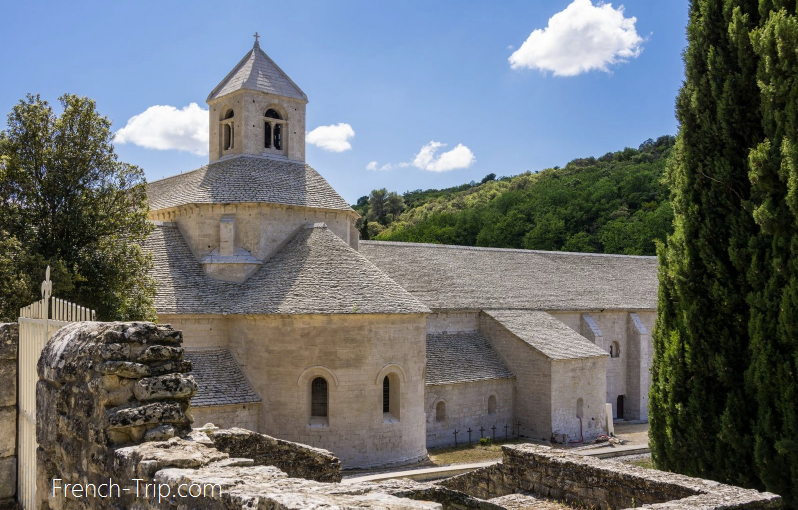
Senanque Abbey travel guide
Senanque Monastery belongs to the branch of Cîteaux, the first Cistercian monastery, and holds the rank of the 4th level (Cîteaux – Bonnevaux – Mazan – Senanque). The initiative for its founding came from the Bishop of Carpentras named Alfan. The bishop’s call was supported by the monks of the Mazan monastery, who established the new abbey in a narrow valley near the Senanque River, approximately 15 kilometers northeast of Carpentras.
The monasteries of Senanque, Thoronet, and Silvacane are the three most famous Cistercian abbeys in Provence. They are often referred to as the “three Provençal sisters” (French: trois sœurs provençales). The Abbaye Notre-Dame de Senanque was built in the year 1148. The Cistercian Order was founded by Saint Robert of Molesme in 1098, based on strict adherence to the Rule of Saint Benedict. Until 1113, the only Cistercian monastery was Cîteaux (French: Cîteaux, Latin: Cistercium), which gave the order its name. Starting in the 1120s, the order began to expand rapidly.
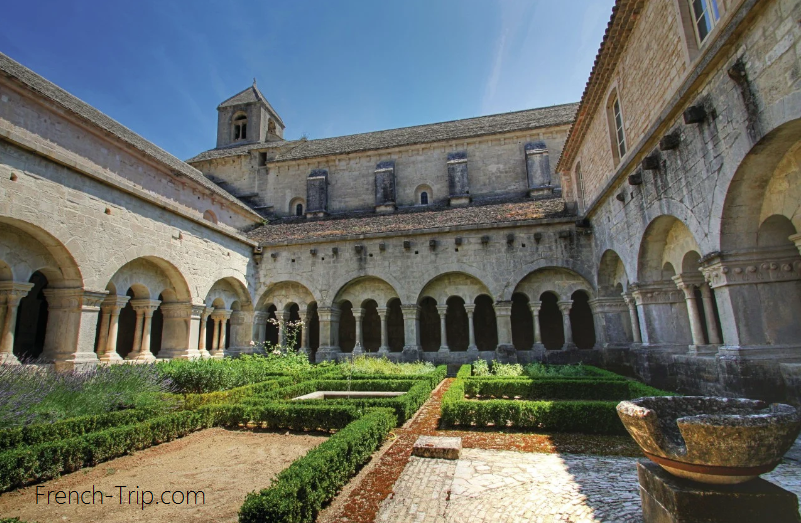
Cistercian Monastic Order
The Cistercian Order is a Catholic religious order of monks and nuns who branch from the Benedictines and follow the rule of Saint Benedict. They are also known as the Bernardines, after the highly influential Bernard of Clairvaux (although this term is also used for one of the Franciscan Orders in Poland and Lithuania), or as the White Monks, referring to the color “cuccula” or white hood worn by Cistercians as part of their habits, in contrast to the black cuccula worn by Benedictine monks.
The term “Cistercian” comes from “Cistercium,” the Latin name for the village of Cîteaux, located near Dijon in eastern France. It was in this village that a group of Benedictine monks from the Molesme Abbey founded the Cîteaux Abbey in 1098 with the aim of adhering more closely to the rule of Saint Benedict. The most well-known among them were Robert of Molesme, Alberic of Cîteaux, and the English monk Stephen Harding, who were the first three abbots. Bernard of Clairvaux joined the monastery in the early 1110s with 30 companions and contributed to the rapid spread of the order. By the end of the 12th century, the order had spread throughout France and into England, Wales, Scotland, Ireland, Spain, Portugal, Italy, Scandinavia, and Eastern Europe.
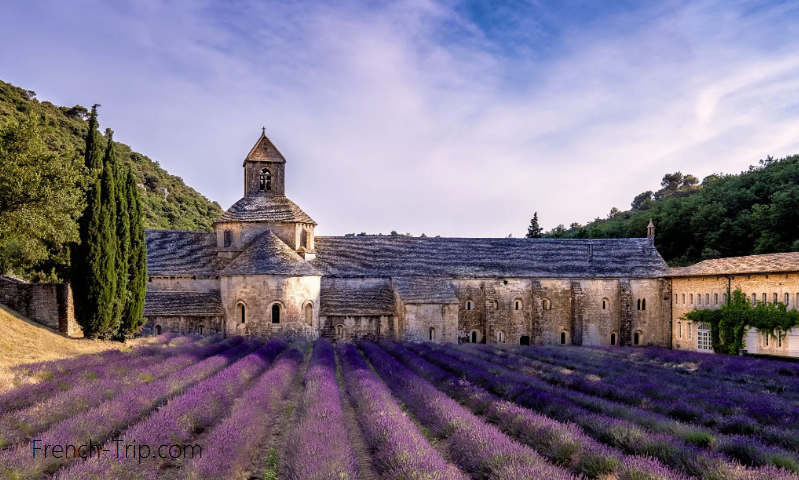
Cistercian Life
The core principle of Cistercian life was a return to the strict observance of the Rule of St. Benedict. Rejecting the later developments of the Benedictines, they aimed to recreate monastic life as it had been during Saint Benedict’s time, even intensifying its rigor. A key aspect of the reform was the restoration of manual labor, particularly in agriculture, which became central to Cistercian life.
The Cistercians also greatly influenced medieval European culture and technology, excelling in fields like architecture, agriculture, hydraulics, and metallurgy. Although manual labor and self-sufficiency were initially central to Cistercian life, education and scholarly pursuits became prominent over time. The reform movement emphasizing simplicity began at La Trappe Abbey in the 17th century and led to the establishment of the Trappist Order, while those who did not adopt these reforms remained known as Cistercians of the Common Observance.

History of Senanque Abbey
The abbey grew rapidly, soon establishing daughter monasteries on its own. The monastery church began construction immediately after the founding of the monastery and was consecrated in 1178. In the 13th and 14th centuries, the monastery reached its zenith. Most of the monastery buildings were erected during this time, and outside the Senanque Abbey, the monastery owned four mills, seven granaries, and extensive agricultural land.
From the 16th century, the abbey gradually declined. In 1509, Senanque began to exist as a commendam, meaning abbots were no longer elected by the brethren but appointed by secular authorities. During the religious wars in France in the 16th century, the monastery was plundered by Huguenots, and the number of monks in the monastery dwindled to about ten. During the French Revolution, the monastery was closed and sold to private owners. In 1854, Senanque was repurchased by the Cistercian community. The community lived in the monastery until 1903, after which they left Senanque and joined the community of Lérins Abbey.
In 1921, the Abbaye Notre-Dame de Senanque was designated a national historical monument.
In 1988, a small monastic community (consisting of six members at the beginning of the 21st century) settled in the monastery once again. The monks of Senanque are administratively under the jurisdiction of Lérins Abbey and are engaged in lavender cultivation and beekeeping.
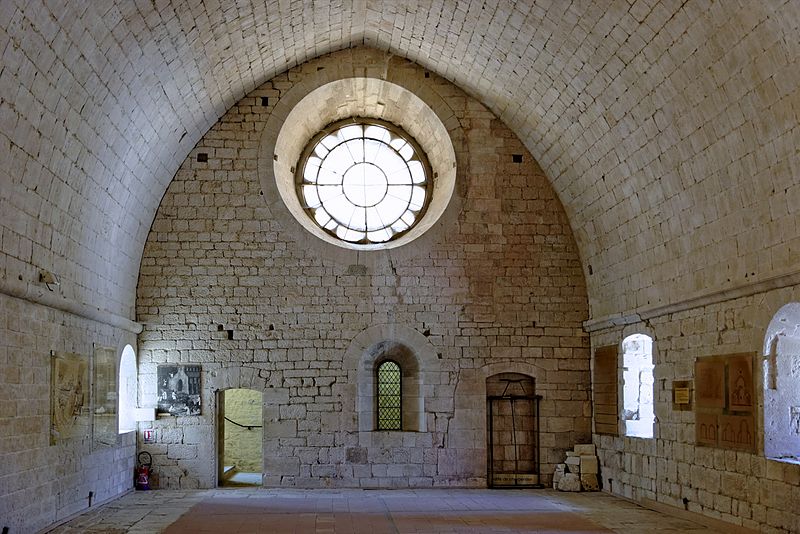
Architecture of Senanque Abbey
The church of Senanque Abbey has the shape of a Latin cross, with the apse of the church extending beyond the monastery walls. Since the narrow canyon in which the monastery is located runs in a north-south direction, the church is also oriented in the same direction, rather than the more traditional east-west.
Abbaye Notre-Damme de Senanque has well-preserved medieval buildings (13th-14th centuries), representing a fine example of Romanesque monastic architecture. These include the cloister, dormitory, chapter house, and scriptorium. The scriptorium was the only heated room in the monastery.
The monastery can be visited as part of a guided tour.
Visiting Senanque Abbey
Tours of the abbey: The tour takes about 1 hour and involves climbing many stairs.
- From November 3, 2019, to March 31
- The monastery shop is open from 10:00 AM to 5:00 PM.
- On Sundays, it is open from 2:00 PM to 5:00 PM.
- Guided tours in French for 1 hour:
- Monday to Saturday: 10:30 AM, 1:00 PM, 2:15 PM, and 3:30 PM
- Sundays and November 1: 2:15 PM and 3:30 PM
- Self-guided tours with HistoPad:
- Monday to Saturday: from 10:00 AM to 11:00 AM
- Sundays: No visits with HistoPad
- Sundays: No self-guided tours in the morning;
- Mass at 10:00 AM in the winter chapel of the monastery.
- Closed all day on December 25, January 1, January 15, and January 16.
How to get to Senanque Abbey:
By car:
From Coustellet, heading towards Gordes, take the D900. Right after entering the village of Gordes, on your left, you will need to take the D177 towards Venasque. Senanque Abbey is located 5 kilometers from the intersection. GPS coordinates: 43.931533, 5.189041
Parking:
- Public parking is free and a 5-minute walk from the entrance to the abbey. Overnight parking and camping are prohibited.
By train:
- Cavaillon station (21 km), Isle-sur-la-Sorgue station (22 km), Carpentras station (23 km), Avignon station (40 km).
By plane:
- Avignon Airport (34 km), Marseille Airport (76 km).
On foot:
- A 30-minute walk from the village of Gordes.
Taxi services:
- Luberon Taxi: 04 90 76 70 08 or 06 08 49 40 57
- Taxi Bruno: 06 12 50 35 09
- Nageleisen: 04 90 72 63 14 or 06 70 27 56 67
- Taxi Gordes: 06 25 19 99 33 – [email protected]
- Taxi les Cigales: 06 25 29 99 33
- Garlin: 04 90 72 31 41
- Cantarelli: 04 90 72 26 08 or 04 90 72 40 09
Senanque Abbey on the map of France
→ Back to Provence travel guide
Archives
Calendar
| M | T | W | T | F | S | S |
|---|---|---|---|---|---|---|
| 1 | 2 | 3 | 4 | 5 | 6 | 7 |
| 8 | 9 | 10 | 11 | 12 | 13 | 14 |
| 15 | 16 | 17 | 18 | 19 | 20 | 21 |
| 22 | 23 | 24 | 25 | 26 | 27 | 28 |
| 29 | 30 | 31 | ||||
